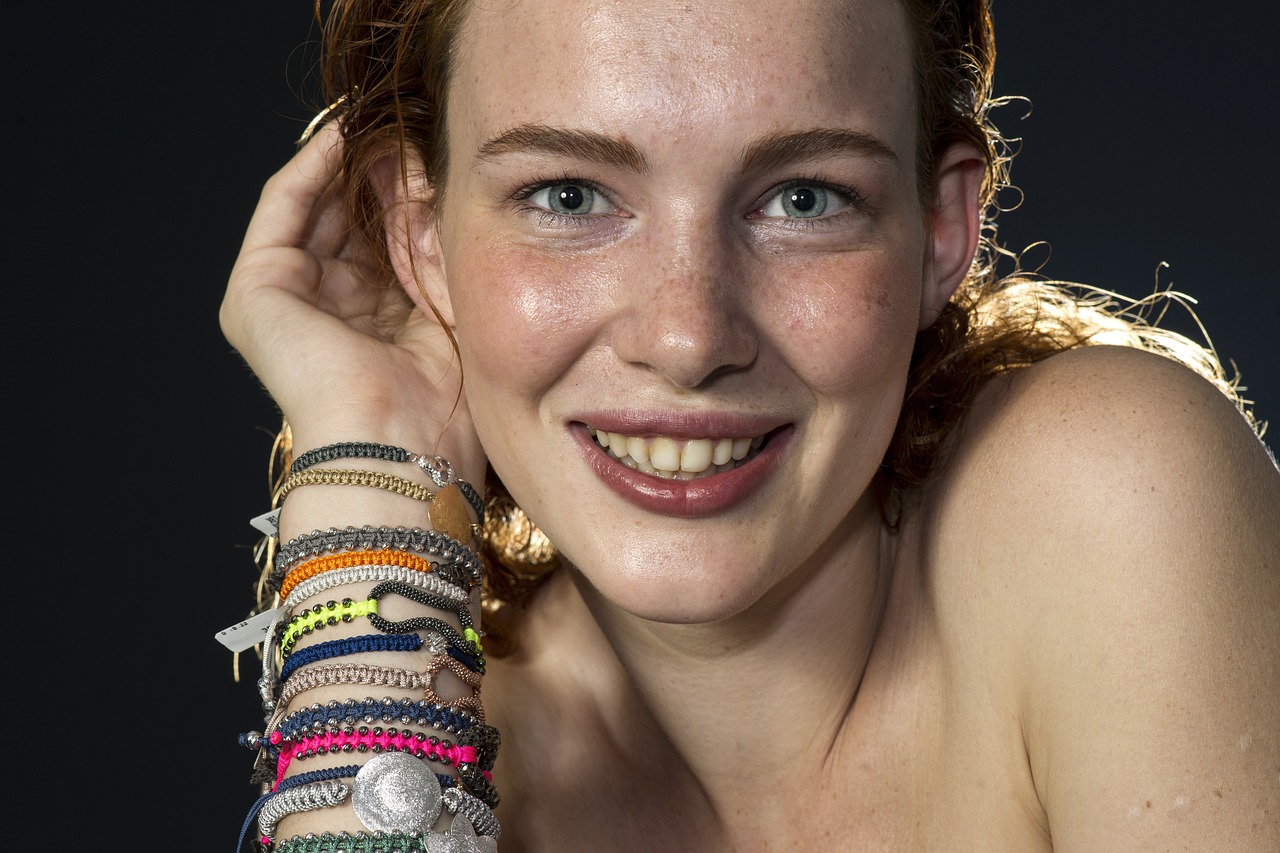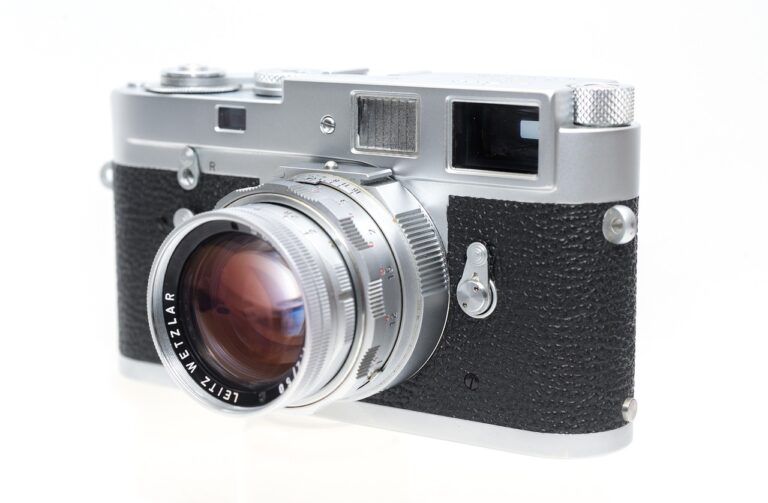Fashion and Artificial Intelligence: AI-Powered Styling Assistants and Personal Shoppers
AI-powered styling assistants are transforming the way consumers interact with fashion. These advanced algorithms can analyze vast amounts of data to provide personalized styling recommendations tailored to individual preferences and trends. By leveraging machine learning technology, these assistants help users discover new styles, coordinate outfits, and stay ahead of the ever-changing fashion landscape.
One of the key benefits of AI-powered styling assistants is their ability to save time and simplify the shopping experience for consumers. By understanding their style preferences and sizing, these assistants can curate personalized recommendations that align with their taste, leading to more confident and satisfying fashion choices. Additionally, the data-driven insights generated by these algorithms enable retailers to better understand customer needs and trends, ultimately revolutionizing the way fashion is marketed and sold.
The Role of Machine Learning in Personalized Styling Recommendations
Machine learning plays a significant role in shaping personalized styling recommendations in the fashion industry. By analyzing vast amounts of data, machine learning algorithms can identify patterns in fashion trends and customer preferences. This enables styling assistants to offer tailored suggestions that align with individual tastes and preferences, ultimately enhancing the overall shopping experience for consumers.
Furthermore, the integration of machine learning in personalized styling recommendations allows fashion brands to better understand their customers. By leveraging data insights, brands can create targeted marketing strategies and develop products that resonate with their target audience. This not only drives customer satisfaction but also increases brand loyalty, ultimately leading to a more successful and sustainable business model in the competitive fashion industry.
How AI Algorithms Analyze Fashion Trends and Customer Preferences
AI algorithms play a crucial role in deciphering and analyzing the ever-evolving landscape of fashion trends. By processing vast amounts of data from various sources such as social media, runway shows, and online shopping behaviors, these algorithms can identify patterns and extract valuable insights. Through machine learning techniques, AI can predict upcoming trends and provide valuable guidance to fashion designers and retailers.
Moreover, AI algorithms are adept at understanding customer preferences by analyzing their past behaviors and interactions with fashion products. By tracking items browsed, purchased, and even returned, these algorithms can create detailed profiles of individual preferences and styles. This enables fashion brands to offer personalized recommendations and targeted marketing strategies, ultimately enhancing the overall shopping experience for consumers.
• AI algorithms process data from social media, runway shows, and online shopping behaviors
• Machine learning techniques help predict upcoming trends
• AI analyzes customer preferences by tracking past behaviors and interactions with fashion products
• Detailed profiles of individual preferences are created based on items browsed, purchased, and returned
• Personalized recommendations and targeted marketing strategies are offered to consumers
How do AI-powered styling assistants revolutionize the fashion industry?
AI-powered styling assistants use advanced algorithms to analyze data and provide personalized styling recommendations to customers, ultimately enhancing the shopping experience and driving sales for fashion brands.
What is the role of machine learning in personalized styling recommendations?
Machine learning algorithms analyze customer preferences and past behavior to predict future trends and suggest items that align with individual tastes, creating a more tailored and engaging shopping experience.
How do AI algorithms analyze fashion trends and customer preferences?
AI algorithms gather and analyze vast amounts of data from social media, online searches, and purchase history to identify patterns and trends in fashion, allowing brands to stay ahead of the curve and offer products that resonate with their target audience.







